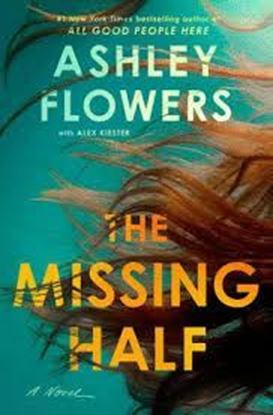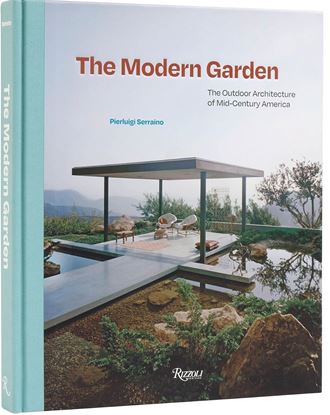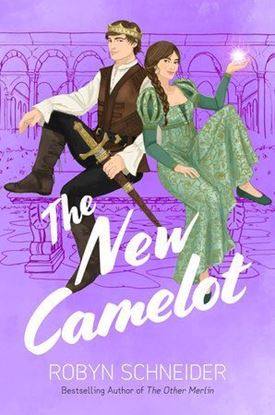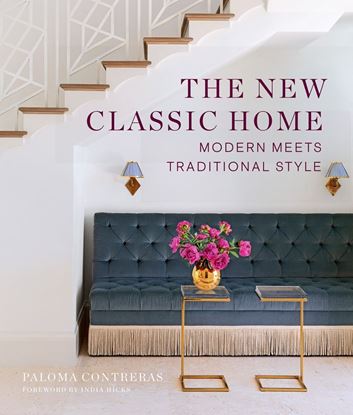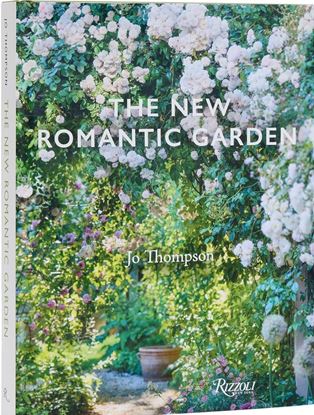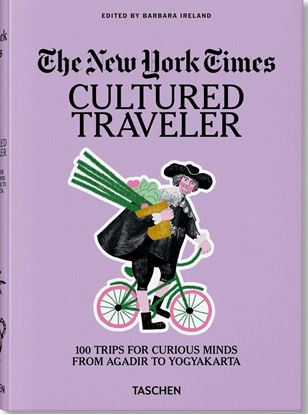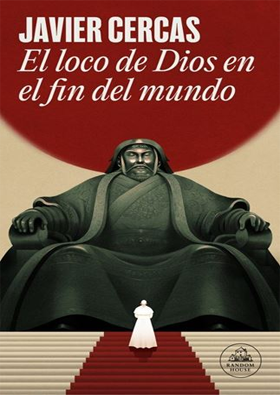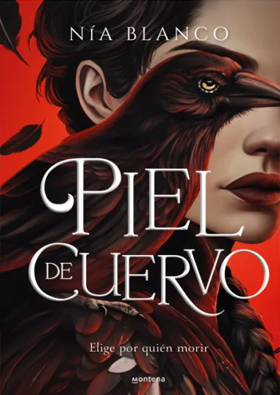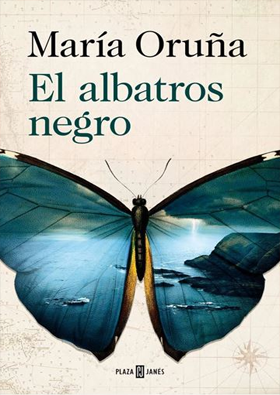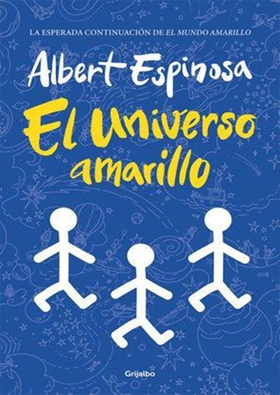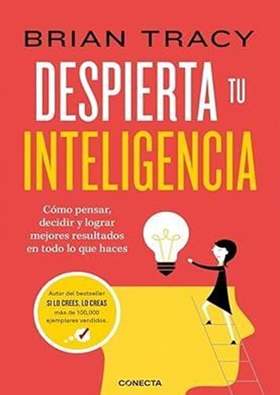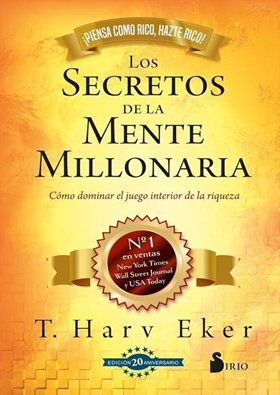

NOVEDADES
THE MISSING HALF
NICOLE “NIC” MONROE IS IN A RUT. At twenty-four, she lives N alone in a dinky apartment in her hometown óf Mishawaka,
Indiana; she's just gotten a DWI; and she's been working the | same dead-end job since high school, a job she has only because her, boss is a family friend and feels sorry for her. Everyone has felt sorry | for her for the last seven years—since the day her older sister, Kasey, M vanished without a trace.
On the night Kasey went missing, her car was found over a hundred miles from home. The driver's door was open and her purse was untouched “in the seat next to it. The only real clue in her disappearance was Jules Connor, another young woman from the same area who disappeared
in the same way, two weeks earlier. But with so little for the police to go on, both cases eventually went cold. Nic wants nothing more than to move on from her sister's disappearance and the state it's left her in. But then one day, Jules's sister, Jenna Connor, walks into Nic's life and offers her something she hasn't felt in a long time: hope. What follows is a gripping tale of two sisters who will . do anything to find their missing halves, even if it means destroying everything they've ever known.
950
THE MODERN GARDEN
The treasures of mid-century American architecture have long been celebrated. Less appreciated has been the landscape design that provides the framing for these masterworks. But more than frame, landscape architecture is an art worthy of the spotlight, particularly at mid-century, when the notion that “gardens are outdoor spaces for people to live in” was championed and brought to the fore; now gardens and landscapes are not just external attributes to the house but a continuation of it and its living spaces in a relationship of symbiosis, with its pools and terraces, its winding lawns, and its partly enclosed room-like spaces flanked by brick or stone or plantings in a range of colors and forms.
4,900
THE NEW CAMELOT (MERLIN 3)
Everything is finally going right for Emry Merlin. Now that Arthur is the king and her wayward magic is under control, she’s enjoying life as Camelot’s official court wizard—and as Arthur’s girlfriend.
But when an unexpected visitor arrives at court, Emry finds her hard-won position threatened. And Arthur is torn between listening to his advisors and following his heart. Even more troubling, war is on the horizon, with King Yurien’s access to dark magic ensuring Camelot’s doom. That is, unless Emry, Arthur, and Lance can find a way to defeat the evil sorceress Bellicent with magic from her own world. But undertaking a quest to Anwen is perilous business, and our young heroes will face many obstacles on their journey—from dangerous beasts to suspicious nobles to cursed maidens determined to find someone to marry.
Can Emry and Arthur save their kingdom and fix their relationship, or will they have to choose between their future and Camelot’s?
1,450
THE NEW CLASSIC HOME MODERN MEETS
In The New Classic Home, beloved designer Paloma Contreras focuses her sought-after expertise on one of the most desired yet difficult tasks in decorating: how to design a space that successfully mixes traditional and modern elements. How does one bridge the gap between such different concepts? By walking readers through her four main techniques—color, texture & pattern, scale & proportion, and tension—Contreras demonstrates how to successfully pair seemingly disparate pieces from different eras and styles to create harmonious, timeless, and balanced interiors.
With spectacular color photography and personalized design tips, The New Classic Home divulges how to blend vintage pieces into even the most contemporary settings, highlight favorite elements of any architectural style, freshen classic silhouettes, and create layered, interesting spaces that always include an element of modern surprise with a touch of elegant antiquity.
2,995
THE NEW ROMANTIC GARDEN
Over her thirty-year career, celebrated designer Jo Thompson has become recognised for her timeless planting, well-proportioned, English-style gardens rendered modern by a staunch commitment to biodiversity to the eye this translates as a looser formality than English gardens of the past, though every bit as romantic.
2,995
THE NEW YORK TIMES. CULTURED TRAVELER
Some travelers dig deep, with a sharp appetite for knowledge and minds wide open to what’s old and what’s new. In Cultured Traveler, the latest in the travel book collaborations between The New York Times and TASCHEN, these adventurers hum to Mozart in Vienna and tap their toes to dance music in Dar es Salaam. They pursue Hamlet in Elsinore, Picasso on the French Riviera, and Le Corbusier in India. They follow in the footsteps of Georgia O’Keeffe, Jackie Kennedy, and even Jesus.
3,995


